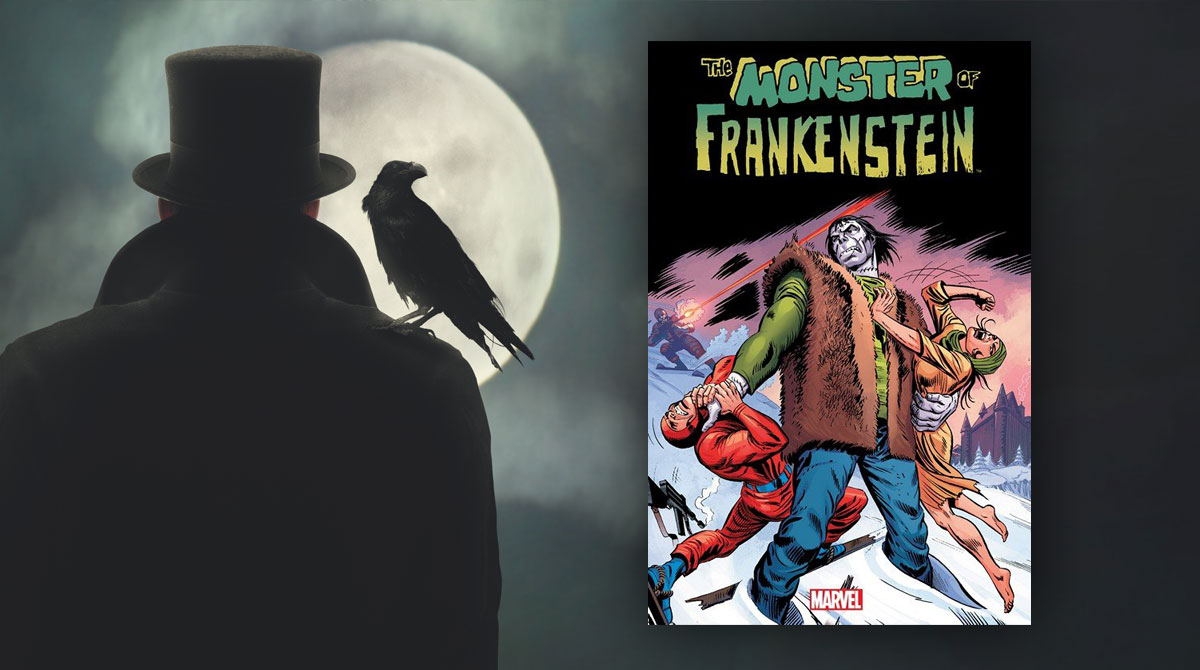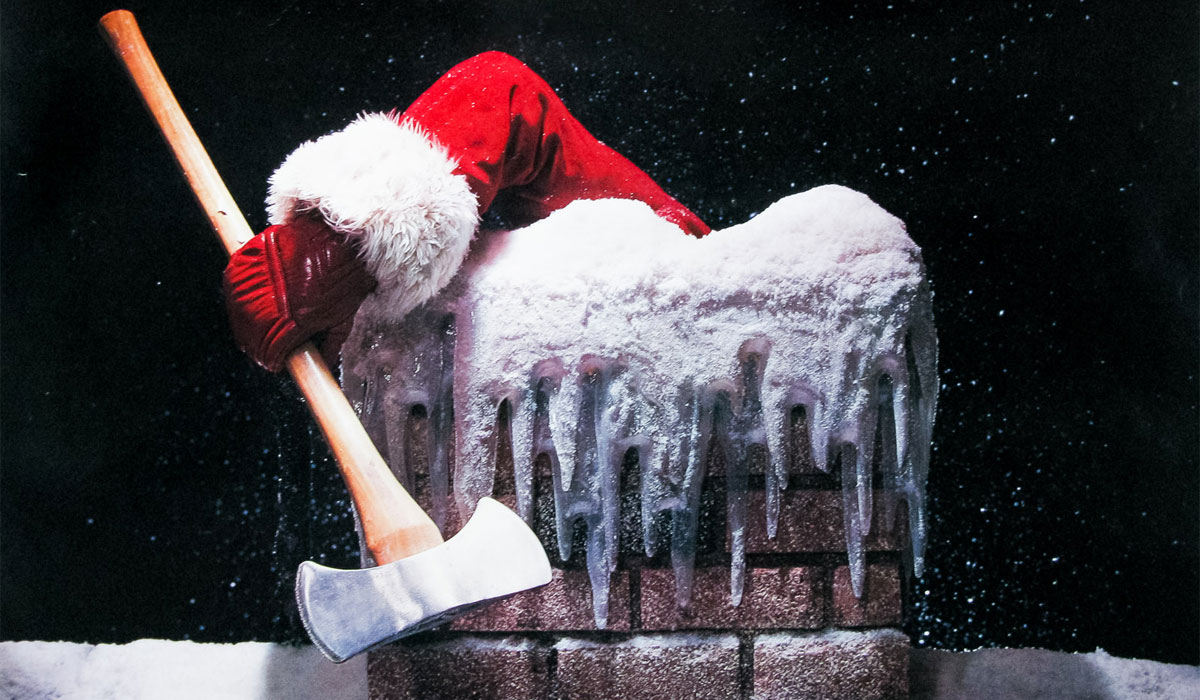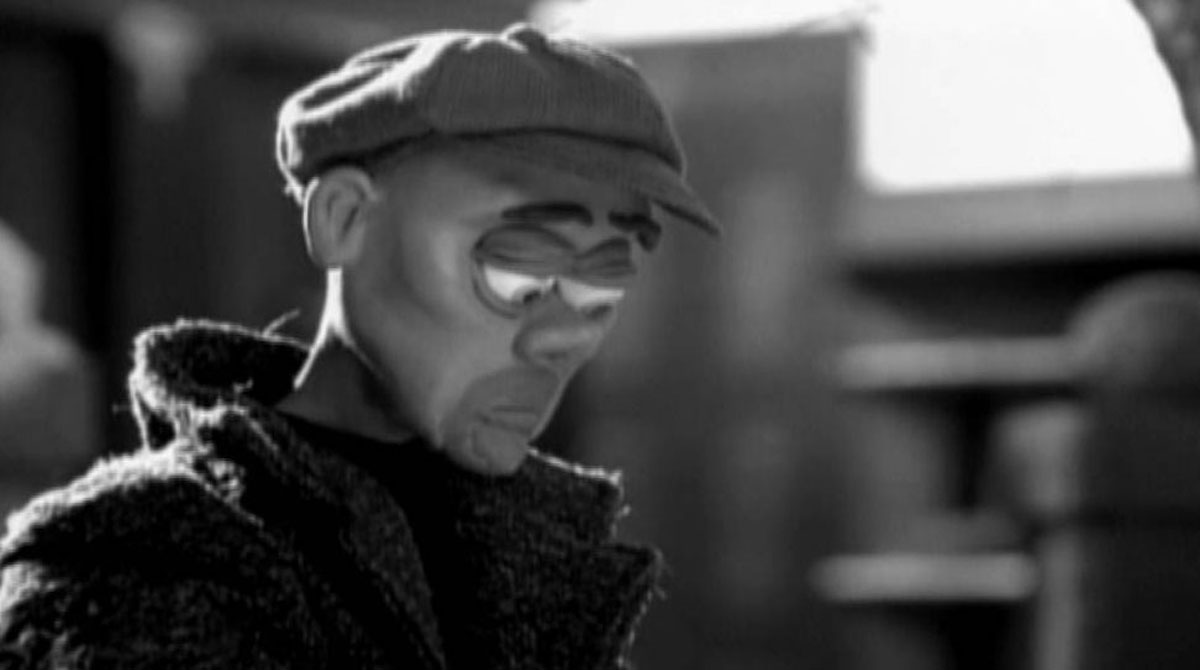Cobbled Together: The Monster of Frankenstein
In 1954, at the height of McCarthyism, the comic book industry was under scrutiny for being a corrupter of youth and an inciter of crime. And according to the book Seduction of the Innocent by Fredric Werthram all of the issues of teenage delinquency could be traced back directly to the reading of comics. Senate hearings were held, angry parental protests were arranged, boycotts initiated, and it seemed as if the comic book industry would be federally regulated to stop all the bad influence being disseminated to the youth of America.
In response, the Comics Code Authority was formed to self-regulate and impose a draconian set of rules to stop all the bad influence being disseminated to the youth of America. Restrictions on the depiction of violence and sexuality, and a whole slew of other subjects were imposed, and as a result comics from the late 1950s and on through the 1960s were a lot tamer and kid-friendly. In short, many were just lame.
This had a huge impact on horror comics which was a thriving sub-genre at the time. With the Comics Code restrictions, horror comics simply could not produce the kind of art and stories that are required to tell a horror story. Many companies that were primarily publishing horror comics went out of business or were absorbed into larger companies and a Golden Age of horror stories was lost for over a decade.
Then in the early 1970s, the code restrictions were lifted…slightly. This was in large part due to the changing social atmosphere at the time and an older reader demographic. And so the code was revised to allow more depictions of criminal behavior, sex, and in the case of horror in particular, “vampires, ghouls, and werewolves…when handled in the classic tradition such as Frankenstein, Dracula, and other high caliber literary works written by Edgar Allan Poe, Saki, Conan Doyle and other respected authors whose works are read in schools around the world”. And so an abundance of Draculas, Werewolves, Mummies, and Frankensteins were unleashed upon the comic book world.
Marvel Comics went all-in on this trend releasing multiple titles such as Tomb of Dracula, Werewolf by Night, The Living Mummy, and (to get to the subject of this essay) The Monster of Frankenstein.
The Monster of Frankenstein is an odd duck of a comic. It never seemed to know what it wanted to do with its premise. Whereas other titles came out of the gate (for good or ill) knowing exactly what it wanted to do – Tomb of Dracula for instance had the titular vampire revived in present-day coming to terms with the modern era with a team of vampire hunters close on his heels – The Monster of Frankenstein, by contrast, consisted of several fits and starts.
The series starts with a retelling of the Mary Shelly original novel with some embellishments added here for there and then continued his story into the 1890s. This run written by Gary Friedrich was a bit dry and wordy if I’m honest, but held together with the wonderful art of Mike Ploog. Ploog drew the monster more like a human corpse, wanting to shy away from the Karloff version of the 1930s (still, he gave him the awesome furry vest from Son of Frankenstein something he would keep throughout this incarnation’s run). That being said his backgrounds and landscapes do invoke the German impressionistic feel of the Universal films while at the same time crossing it with the gothic style of the novel. Ploog elevates what could have been an average comic to something more dynamic and exciting; adding grand visuals to run-of-the-mill storytelling. If you get nothing else from this article, know this: Mike Ploog is great and everything is better when he is involved.
After Ploog left he was replaced by John Buscema (no slouch himself) and Marvel being Marvel it was decided to put the Monster on ice (literally) and revive him in the modern era with Doug Moench taking over as writer and Val Mayerik penciling. At this point the series title was changed to The Frankenstein Monster and saw the creature battling street punks, fighting mutated science experiments, and teaming up with counter-culture buddies to combat spy rings and criminal organizations. At one point the monster attempts to teach a robot what living really is when they are attacked by angry goblins. In other words, it was a 70s Marvel comic.
Now don’t get me wrong, I love this stuff. Marvel comics in the 1970s are a mish-mash of over-the-top wacky premises combined with sincere attempts at social commentary, and it yields wonderfully bizarre and entertaining results. The Monster of Frankenstein/The Frankenstein Monster is a fine example of that. But its various tonal shifts and changes in direction seem cobbled together from spare parts, much like the monster himself. And had the series been given one overarching direction perhaps it would have had a longer life.
As it is Frankenstein was canceled after 18 issues and other than a handful of appearances in crossover comics the monster would be put down for over a decade only to be revived in the 1990s and 2000s for more cameos and one-offs.
In the end, The Monster of Frankenstein is an anomaly. A time capsule of sorts showcasing a new creative freedom for an industry stagnated under repressive restrictions. And while it wasn’t a literary classic like its source material, it was a hell of a lot of fun for what it was…the return of the monster comic.












Likhon chowdhury says:
Conor says:
Andy Garcia says: